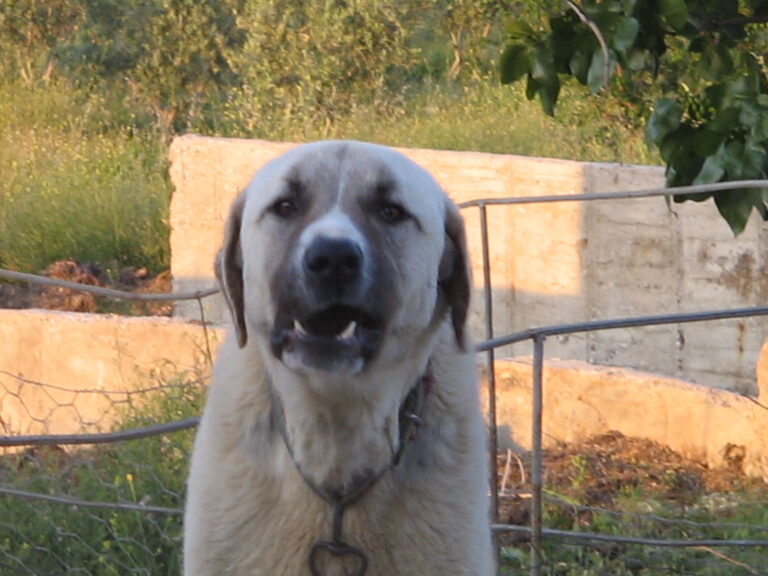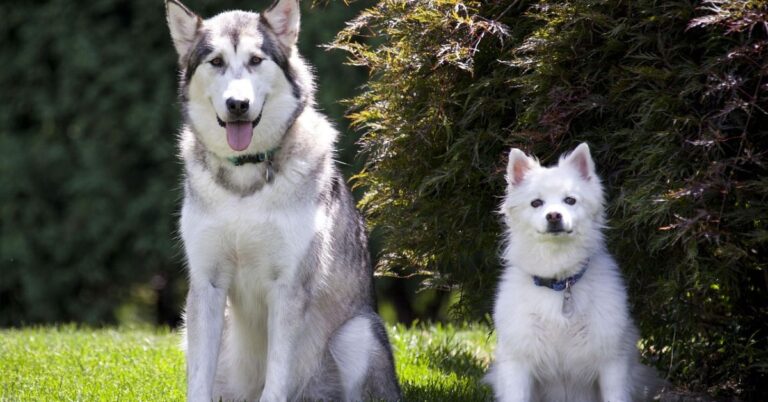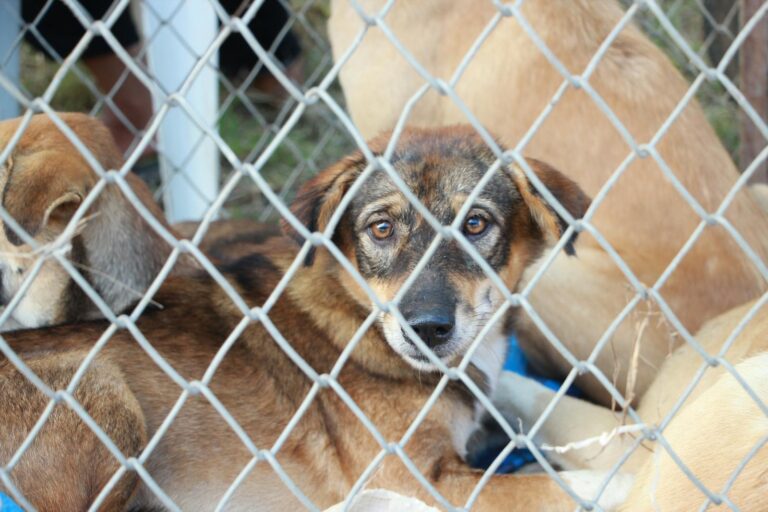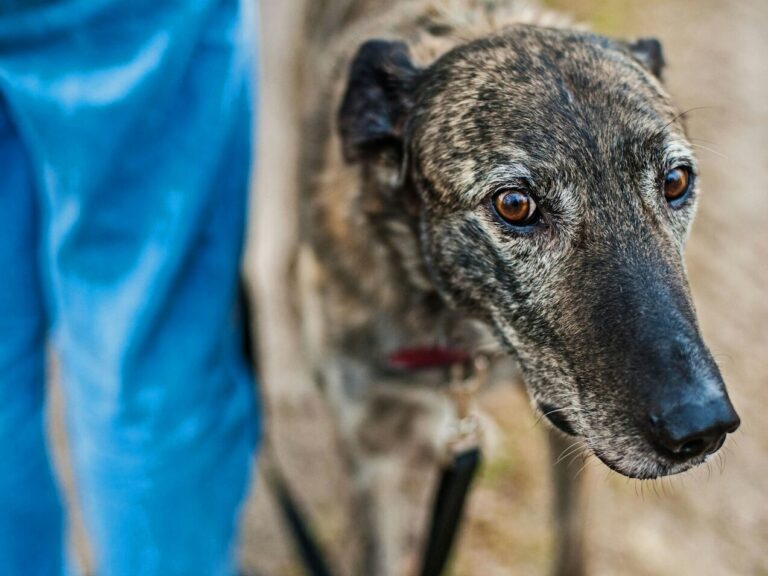Why Bones Might Not Be the Best Treat for Your Dog’s Teeth

Bones have long been associated with the quintessential image of a happy dog, but have you ever wondered if they’re really good for them? While bones can provide hours of entertainment and a good workout for those jaws, they could also be a hidden hazard for your dog’s teeth. Let’s explore why you might want to think twice before tossing that bone.
The Calcium Misconception
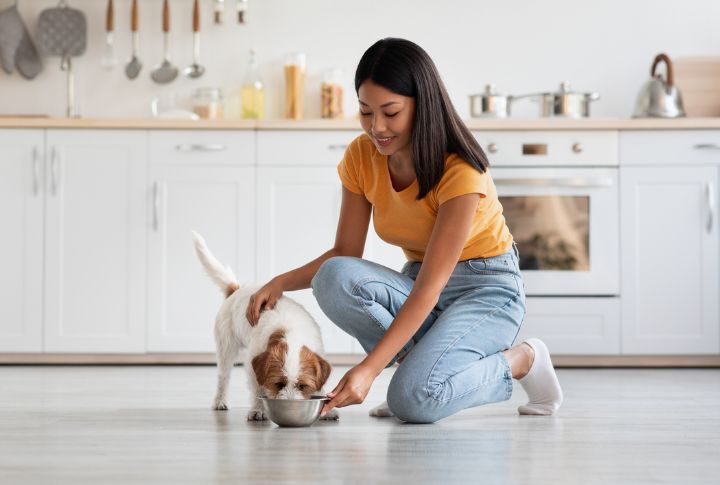
There’s a common belief that bones are a rich source of calcium for dogs. Indeed, bones contain calcium, but a dog’s body does not easily absorb it in its raw form. Any balanced commercial dog food provides all the necessary nutrients, including calcium, your dog needs.
Should You Give Bones to Your Dog?
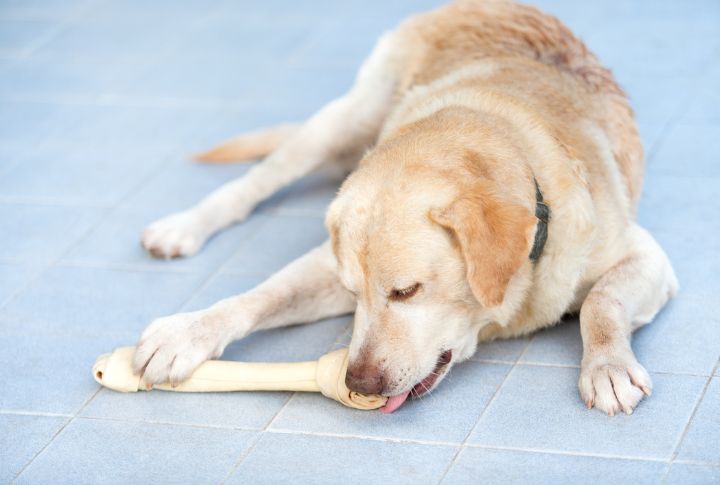
Unfortunately, most bones aren’t safe for your dog’s teeth. Steak bones are too hard, and antlers are even more challenging. Poultry bones can be dangerous because they can splinter easily. Splintered bones, on the other hand, can get lodged in your dog’s mouth.
Risk of Fatty Bones
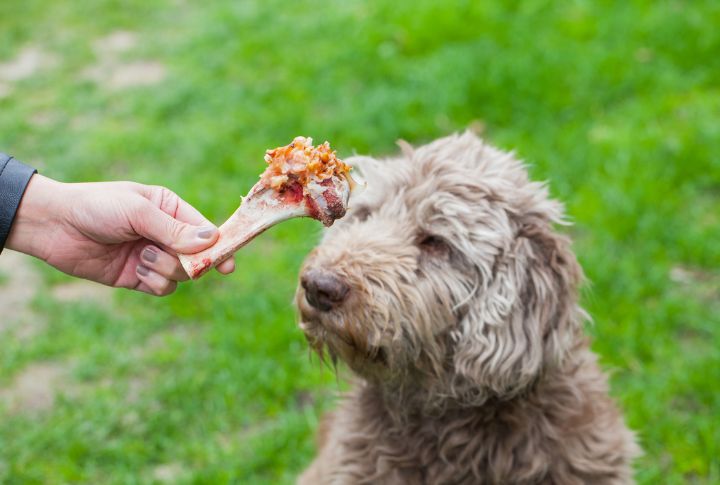
Rib bones, generally from pork, contain high levels of fat. Your dog can’t digest saturated fat in large amounts, leading to pancreas inflammation. Too much fat in a dog’s diet often triggers this condition, and in severe cases, it can be life-threatening.
Damage Due to Cooked Bones
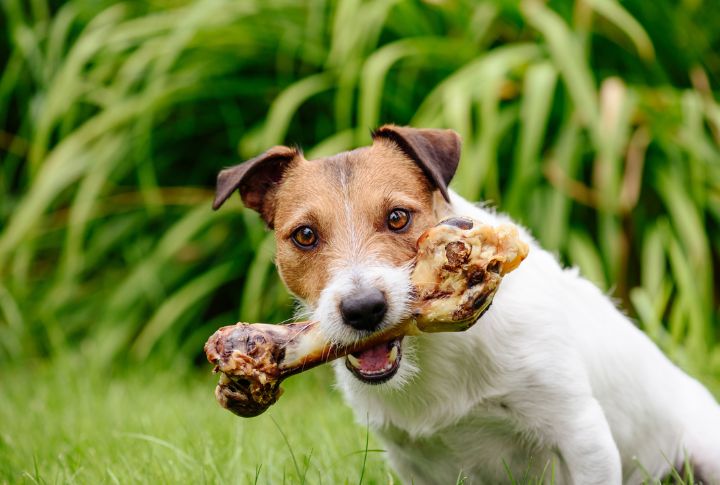
Cooked bones can splinter easily, posing a severe risk to their mouth and digestive system. These sharp pieces can puncture their gum and tongue or even cause internal injuries if swallowed. Additionally, cooking removes many of the bone’s nutrients, so it is a definite no-go for them.
Bone Fragments Can be a Choking Hazard
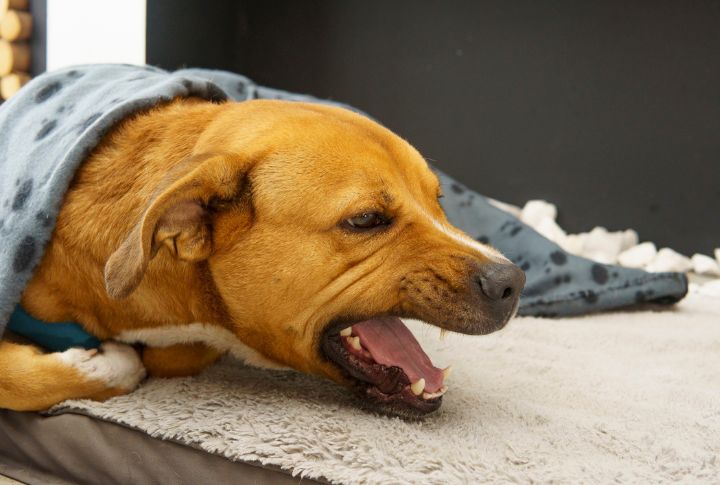
When dogs chew bones, they can break them down into smaller pieces. These fragments pose a serious choking risk, potentially blocking your dog’s airway. Rib bone fragments, in particular, can get stuck in the colon near the rectum, causing painful constipation-like symptoms.
Dangers of Bone Chunk
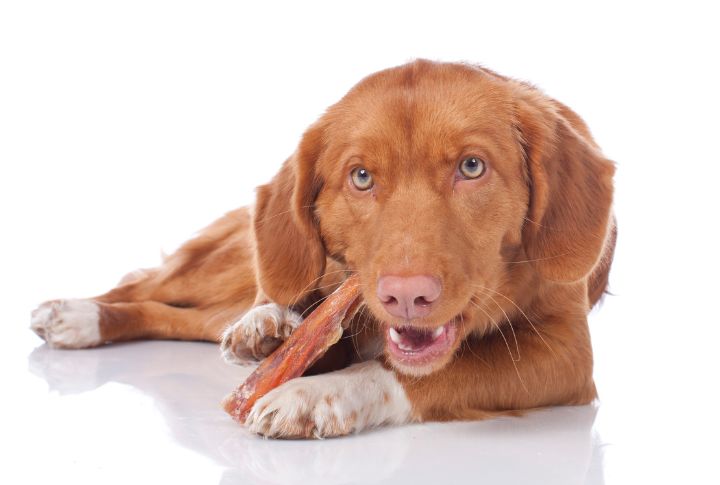
Sometimes, bone chunks can get stuck in a dog’s intestines. If a bone fragment is too large to pass, it can block the passage of digested food through the digestive system. Such obstructions can result in serious issues, potentially causing severe illness and even death.
Injuring the Jaw
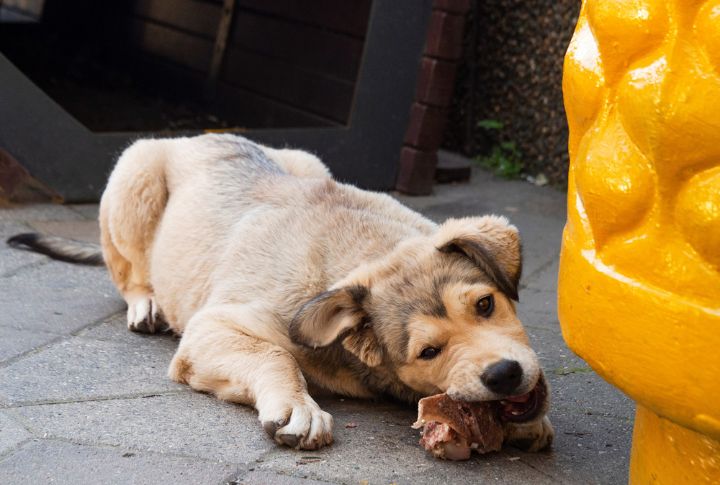
Sometimes, pieces of bones can get lodged between teeth or even in jaws, causing discomfort and potential infections. Unfortunately, getting the stuck piece out of their jaws isn’t easy. Therefore, it’s better to opt for non-hazardous alternatives as treatments.
Tooth Injury
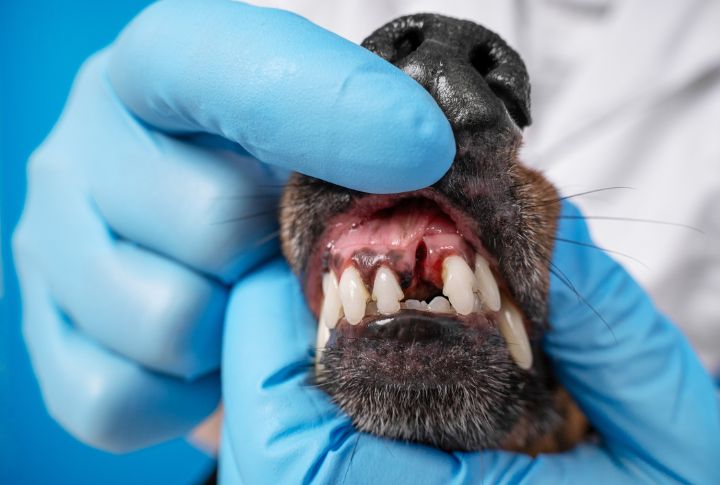
While chewing might seem to clean teeth, bones can often do more harm than good. Their hard surface can cause cracks, chips, or fractures in your dog’s teeth. These dental injuries can lead to painful infections and require costly veterinary treatment.
Impact on Enamel
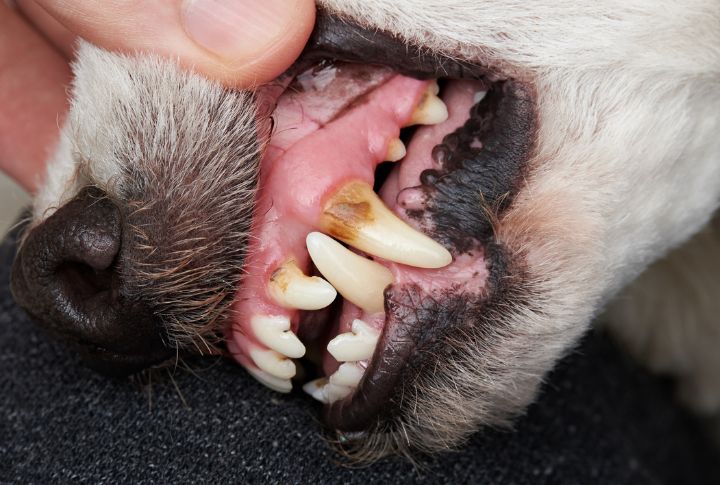
Chewing on rigid bones can wear down the enamel on your dog’s teeth. Enamel is a protective outer layer for teeth, and its erosion can lead to increased susceptibility to decay and sensitivity. To protect their enamel, provide chew toys designed to clean teeth without causing damage.
Digestion Problems
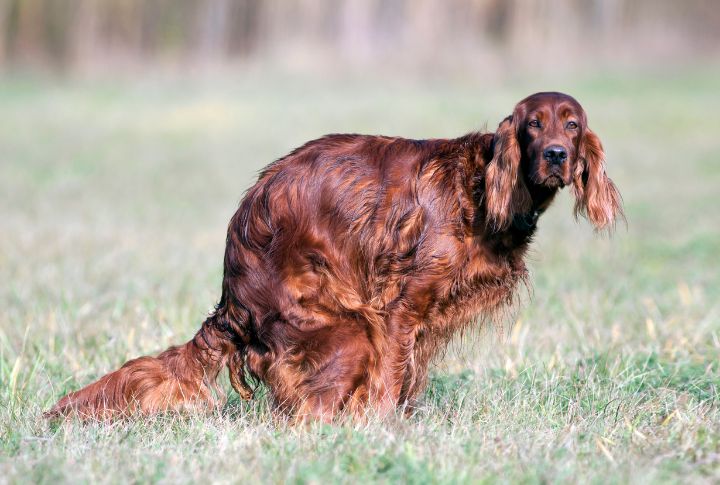
Bones are generally difficult to digest, and if your pet accidentally swallows them, it can potentially lead to stomach upset or constipation. Bone fragments’ rugged, indigestible nature can cause gastrointestinal distress. Consider giving your dog easily digestible treats and foods.
Contamination Due to Pathogens on Raw Bones
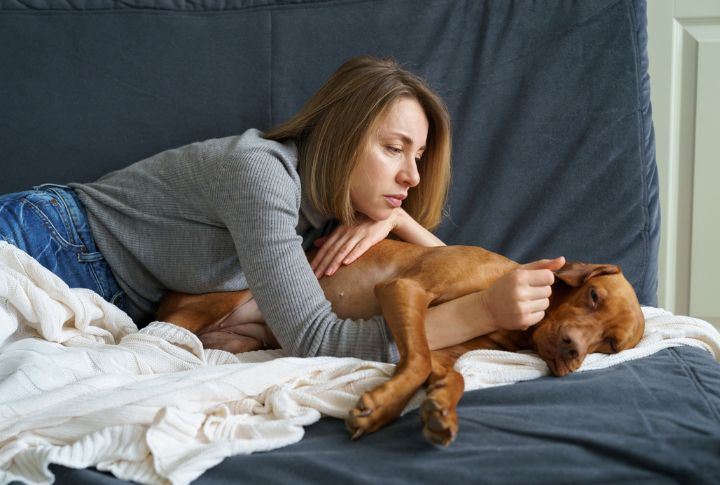
At times, raw bones can carry harmful bacteria like E. coli, Salmonella, and Listeria. While these might not always make a dog ill, they can pose a severe health threat to people living in the home, especially kids, seniors, and those with weakened immune systems.
Harmful Ingredients in Some Bones
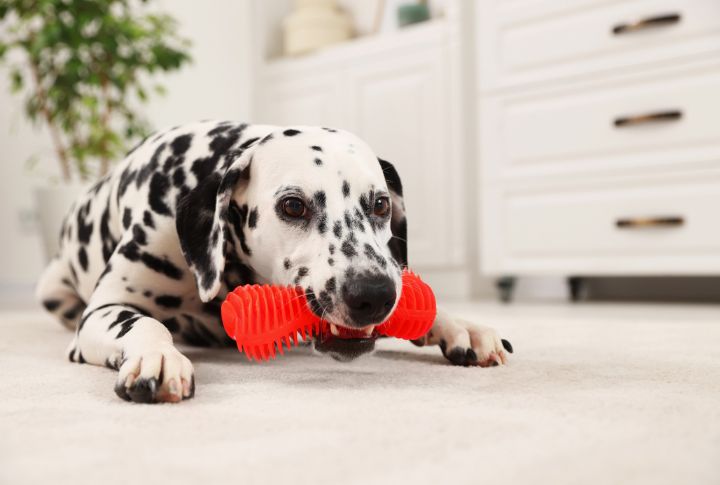
Processed bones may contain harmful additives or preservatives that can harm your dog’s health. Look for natural, high-quality chew toys and treats made from safe materials. Avoid bones from processed meats, and choose products specifically to ensure they are free from harmful substances.
Costly Veterinary Bills
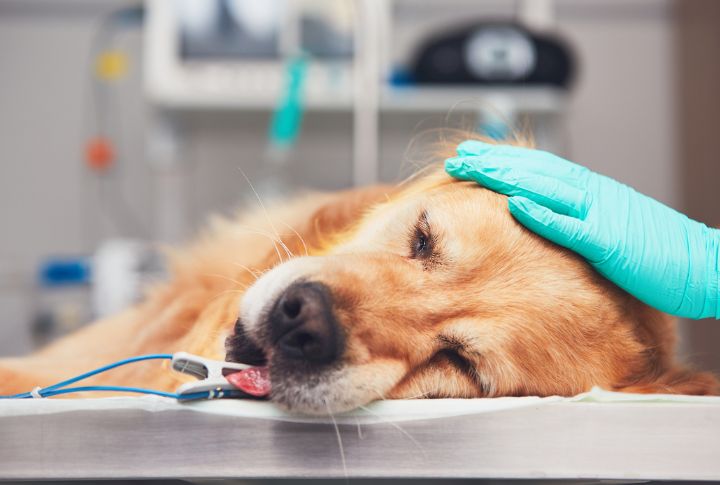
Chalabala/Getty
Dental injuries caused by bones can lead to expensive veterinary bills for treatments and surgeries. Adopt preventive measures, such as using safer chew toys, to avoid any unwarranted medical emergency. Investing in high-quality, safe chew options can save you money in the long run.
Safety Tips for Bones
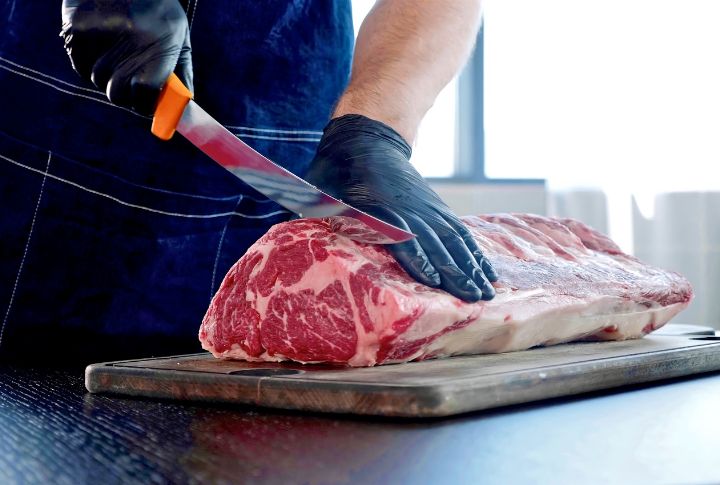
Always watch your dog when it has a bone to chew. Before giving your dog a bone, remove any leftover meat. You must limit the chewing time to an hour to prevent the bone from becoming too dry and breaking into sharp pieces.
Safer Alternatives
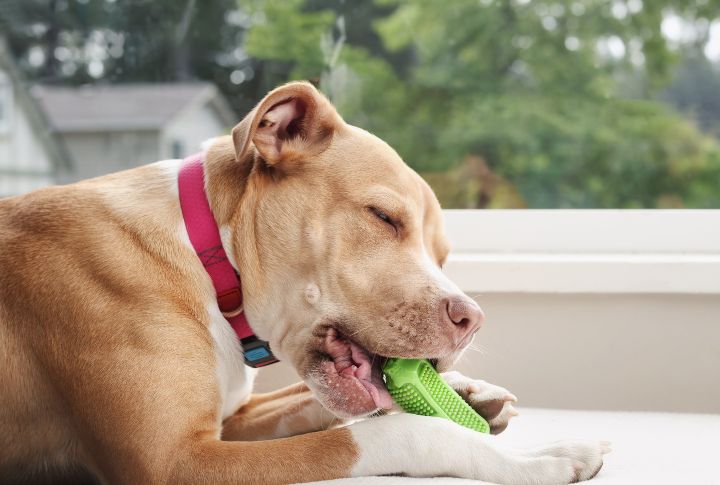
A wide variety of safe chew toys are available. Dental chews, designed to clean teeth and reduce plaque buildup, are a great option. Bully sticks are another popular choice. Elk antlers, on the other hand, provide hours of chewing entertainment without the risks associated with bones.
